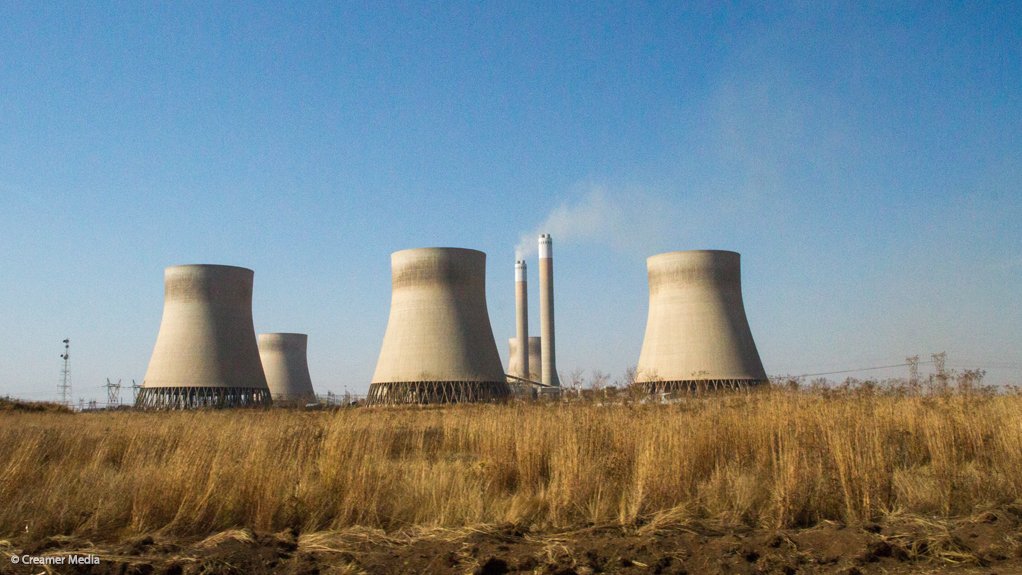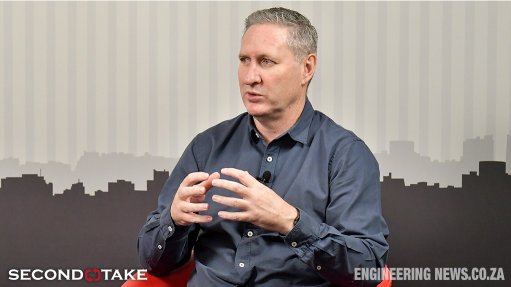Eskom warns of summer load-shedding as it confirms 91 days of cuts for year to date
Electricity utility Eskom told lawmakers on Wednesday that the risk of load-shedding remained high for the upcoming summer season, while confirming that there had already been 91 days of load-shedding during 2022.
Eskom’s summer ‘base case’ is premised on there being 13 000 MW of onging unplanned breakdowns in addition to any planned maintenance, which rises substantially in the lower-demand summer months.
Under that base scenario, the model shows that there will be 22 days of Stage 1 load-shedding for the period from September to the end of March.
The monthly cost of generating electricity using the diesel-fuelled open-cycle gas turbines (OCGTs) to cover for the underperforming coal fleet will range from R517-million to R2-billion over the period.
The risk of rotational cuts rises substantially, however, when stress-tested using unplanned breakdown scenarios of 14 500 MW and 16 000 MW respectively – thresholds that were breached during the winter period, particularly during an illegal strike at some coal stations in June and July.
Under the 16 000 MW scenario, the Eskom outlook indicates that Stage 3 rotational cuts could have to be implemented on most days between September and March. In addition, monthly diesel costs could theoretically surge to between R3.9-billion and R8.9-billion.
However, Eskom system operator GM Isabel Fick, who presented the outlook during a joint meeting of the portfolio committees on Public Enterprises and Mineral Resources and Energy, noted that the physical limitations of moving diesel to the OCGT stations meant that it was not possible to use more than R2.4-billion of diesel in a month.
Notwithstanding recent difficulties in securing diesel, the load factor for Eskom’s OCGT plants for the year-to-date stood at 16.4%, massively above the 1% load factor at which the plants were initially designed to operate.
The load factor of the private OCGT stations has been 9.9% and would have been higher had it not been for diesel-supply difficulties.
There were also 24 wind generation curtailment events during those periods of high wind availability and low night-time demand.
Fick said that all reliability maintenance required in the 12-month planning period had been accommodated in the plan, which she described as “tight”.
“Any significant outage slips will have a knock-on effect that will influence the plan from that point forward.”
She also stressed that the plan did not cater for difficulties that could arise as a result of industrial action or protest action.
In June and July, Eskom instituted Stage 6 load-shedding for the first time since 2019 partly as a result of an illegal strike, which Eskom estimated at the time to have added two stages of load-shedding.
Fick also stress the uncertainty of the plan, with Eskom having operated above worst-case scenario levels for 42.5% of the time during winter.
During the period, unplanned outages over the evening peak averaged 14 864 MW.
Eskom told lawmakers that the load-shedding risk could be “greatly reduced” over the coming 36 months if all the initiatives announced by President Cyril Ramaphosa as part of the Energy Action Plan were implemented.
The plan includes actions aimed at improving the performance of Eskom’s coal fleet, including the new-build power stations, as well as initiatives to introduce new private generation and reduce demand.
Fick said that some 3 514 MW of additional capacity could be injected over the coming six month as a result of plant performance improvement (1 814 MW) and the introduction of new generation (1 700 MW), including the commissioning of units at the Kusile power station.
Over a 36-month period, more than 8 000 MW could be added from a combination of new build, Just Energy Transition (JET) projects, plant performance improvements and demand response.
CEO André de Ruyter said that repowering activities at decommissioned coal stations, together with the Eskom land-release programme were designed to facilitate the introduction of new generation.
At Komati, Eskom’s JET pilot site, the utility is aiming to pursue a 100 MW solar project and a 40 MW to 70 MW wind farm.
Comments
Press Office
Announcements
What's On
Subscribe to improve your user experience...
Option 1 (equivalent of R125 a month):
Receive a weekly copy of Creamer Media's Engineering News & Mining Weekly magazine
(print copy for those in South Africa and e-magazine for those outside of South Africa)
Receive daily email newsletters
Access to full search results
Access archive of magazine back copies
Access to Projects in Progress
Access to ONE Research Report of your choice in PDF format
Option 2 (equivalent of R375 a month):
All benefits from Option 1
PLUS
Access to Creamer Media's Research Channel Africa for ALL Research Reports, in PDF format, on various industrial and mining sectors
including Electricity; Water; Energy Transition; Hydrogen; Roads, Rail and Ports; Coal; Gold; Platinum; Battery Metals; etc.
Already a subscriber?
Forgotten your password?
Receive weekly copy of Creamer Media's Engineering News & Mining Weekly magazine (print copy for those in South Africa and e-magazine for those outside of South Africa)
➕
Recieve daily email newsletters
➕
Access to full search results
➕
Access archive of magazine back copies
➕
Access to Projects in Progress
➕
Access to ONE Research Report of your choice in PDF format
RESEARCH CHANNEL AFRICA
R4500 (equivalent of R375 a month)
SUBSCRIBEAll benefits from Option 1
➕
Access to Creamer Media's Research Channel Africa for ALL Research Reports on various industrial and mining sectors, in PDF format, including on:
Electricity
➕
Water
➕
Energy Transition
➕
Hydrogen
➕
Roads, Rail and Ports
➕
Coal
➕
Gold
➕
Platinum
➕
Battery Metals
➕
etc.
Receive all benefits from Option 1 or Option 2 delivered to numerous people at your company
➕
Multiple User names and Passwords for simultaneous log-ins
➕
Intranet integration access to all in your organisation




















